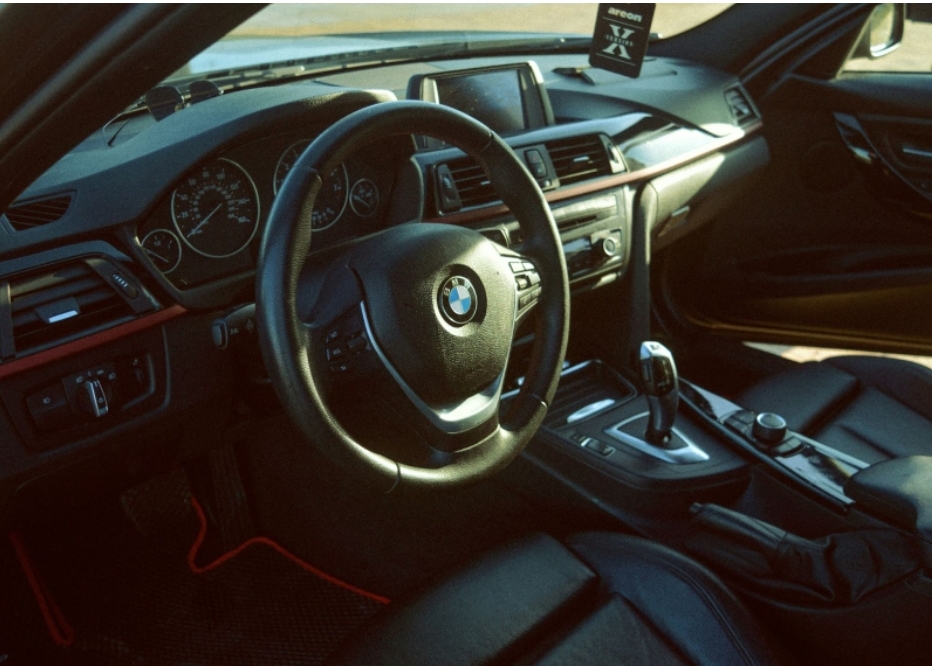When you think of growth industries in 2025, dismantled bumpers and recycled radiators probably don’t spring to mind. But the used auto parts sector is in the middle of a quiet transformation, driven by economic pressure, digital innovation, and growing demand for sustainable alternatives to dealership-priced repairs.
And while nearly every car brand is part of the shift, certain marques, like BMW, Audi, and Mercedes, have come to represent the changing attitudes toward quality used parts, particularly in the premium segment.
Why the Auto Parts Aftermarket Is Booming
Car ownership isn’t getting cheaper. According to The Automobile Association (AA), the average cost of maintaining a vehicle in the UK jumped more than 12% in the last two years alone. Globally, the new car market remains volatile, with EV adoption reshaping priorities and inflation slowing turnover. As a result, people are keeping their vehicles longer, and that means more repairs.
Enter the used parts economy.
Today, used auto parts from dismantled vehicles, engines, body panels, electronics, you name it, are helping to close a gap between high repair costs and driver expectations. Industry analysts now estimate that the remanufactured and recycled parts market will reach over $60 billion globally by 2030, with Europe leading in growth due to aggressive circular economy targets.
From Breakers Yard to Digital Supply Chain
Modern BMW breakers and used parts suppliers don’t dismantle using old methods. Many trusted BMW breakers now have fully digitised their operations: every dismantled component is catalogued, photographed, tested, and offered for sale through e-commerce platforms.
And it’s not just BMW. Parts from Ford, Audi, Mercedes, and Vauxhall models are entering the market in high volumes as insurers write off vehicles for cosmetic or minor structural damage. This creates a stream of OEM-quality parts, from front bumpers and grilles to complete engines, that can be reused with confidence, without a need for dealerships.
Why BMW Parts Stand Out
BMW remains one of the UK’s most popular premium brands, with more than 1.7 million BMWs registered on UK roads. Known for performance and engineering quality, they’re also costly to maintain when bought new.
That’s led to growing demand for used BMW parts, especially among owners of 3 Series, 5 Series, X5, and M Sport trims. Parts like bonnets, headlamps, and ECUs sourced from professional BMW auto breakers are often priced 50–70% lower than dealership equivalents, and are often in excellent condition due to low-mileage salvage.
Environmental and Economic Impact
There’s also a green argument. Reusing or remanufacturing car parts can reduce carbon emissions by up to 80% per component, according to the European Commission. That makes the used parts sector one of the most effective, yet underreported, climate strategies in the automotive world.
As the EU pushes for reduced manufacturing waste and stricter reuse targets, parts recyclers may soon find themselves rewarded for doing what many have done for years: give old components a second life.
The Bottom Line
The used auto parts sector may not be flashy, but it’s becoming essential. As vehicles get more complex and expensive, and as environmental and economic pressures continue to mount, the appeal of quality used parts, whether it’s a Ford bumper or a BMW breaker-sourced engine — will only grow.
This isn’t just about fixing up an old car on a budget. It’s about reshaping how we value the things we drive, at the same time supporting sustainability and the systems that keep them on the road.

